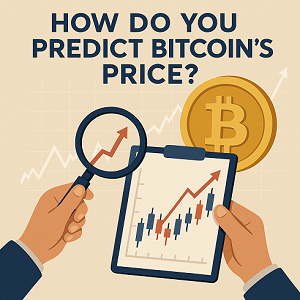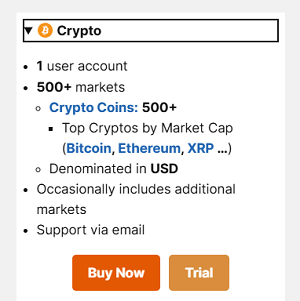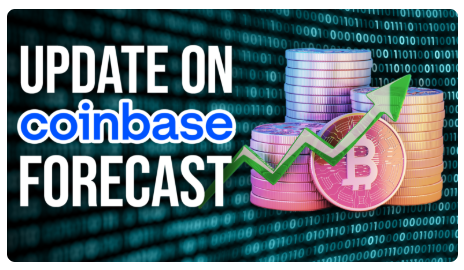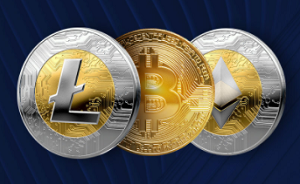EWAVES Live Next-Gen Crypto Forecasting for Professionals

How Do You Predict Bitcoin’s Price?
Bitcoin’s price is influenced by various factors including its supply, demand dynamics, media coverage, regulatory changes, and even the cost of production. While some studies suggest that production costs play a role in determining its value, many reports rely on assumed data rather than concrete evidence.
Unlike traditional currencies, Bitcoin operates somewhat outside the realm of central banks and governmental regulation. This potentially means that conventional monetary policy tools, inflation rates, and economic indicators do not apply to Bitcoin, shaping its value in unique ways, but that’s beginning to change.
With the evolution of crypto, and mostly with Bitcoin currently, more regulation is being experienced with more regulated markets liquidity. Increased liquidity now with Bitcoin ETF’s being traded on top global stock exchanges and Bitcoin futures trading at the Chicago Board Options Exchange CBOE and Chicago Mercantile Exchange CME. This has an regulatory type of effect that the increased liquidity provides.
Technical Analysis to Forecast Future Prices
Technical analysis uses past price data, technical indicators, price trends, and chart patterns to try to predict the future price of an financial instrument such as cryptocurrency. As such, analyzing the past does not guarantee what the future will be, but technical analysis can assist greatly in trying to determine the chances of what happened in the past, can possibly happen into the future. Technical analysis and even fundamental analysis based on the past is no guarantee of future results, but they do help.
Fundamental Analysis Factors To Consider
Ownership: Investing in stocks grants ownership in a company, whereas purchasing Bitcoin grants ownership of a specific amount of cryptocurrency.
Regulatory Independence: Bitcoin is not regulated by any central authority, leading to independence from governmental monetary policies.
Price Determinants: Bitcoin’s price is primarily driven by its supply, demand, production costs, competition from other cryptocurrencies, regulatory changes, and media coverage.
Limited Supply: With a finite total supply capped at 21 million bitcoins, Bitcoin’s scarcity contributes to its value. The rate of new bitcoins entering circulation decreases over time due to scheduled halving events, simulating scarcity akin to a diminishing supply of a commodity like corn.
Demand Surge: Bitcoin has garnered attention from both retail and institutional investors, especially in regions facing economic instability. This surge in demand, coupled with a shrinking future supply, propels its price upward.
Competition: While Bitcoin remains dominant in the cryptocurrency market, its market share has decreased over time due to the emergence of alternative coins like Ethereum. These competitors vie for investment dollars and market share, impacting Bitcoin’s dominance and price.
Regulatory Impact: Bitcoin’s price is sensitive to regulatory developments, with announcements from regulatory bodies influencing investor sentiment and price fluctuations.
Media Influence: Media coverage plays a significant role in shaping investor perceptions of Bitcoin, with positive news often driving prices up and negative news causing declines.
Bottomline Investment Considerations
Due to its higher than normal volatility caused by sometimes its lower than normal liquidty, investing in Bitcoin or any Cryptocurrency requires careful consideration, which may include consulting with financial professionals. Additionally, legal status varies by country, with outright bans in some jurisdictions.






